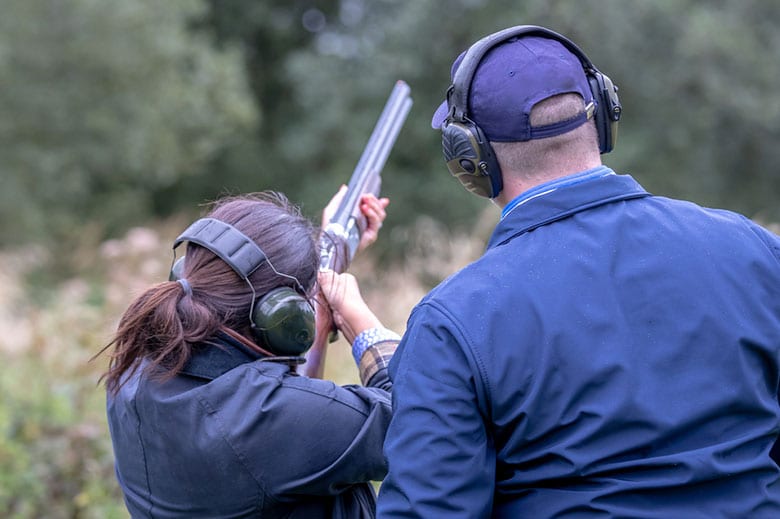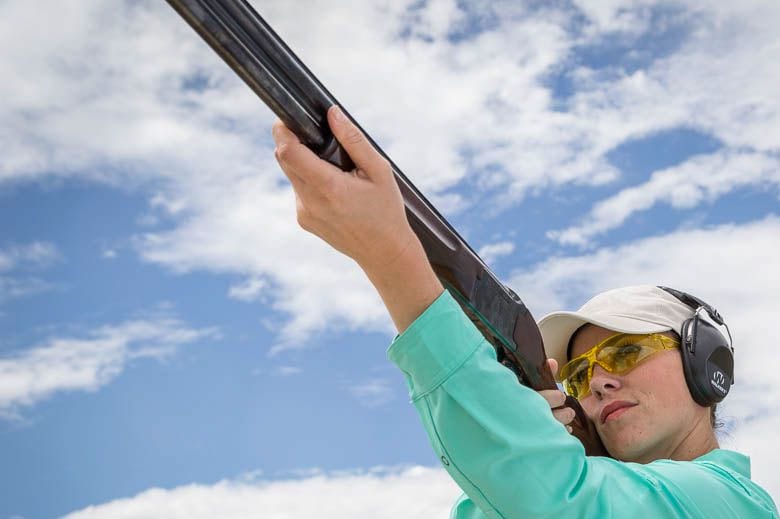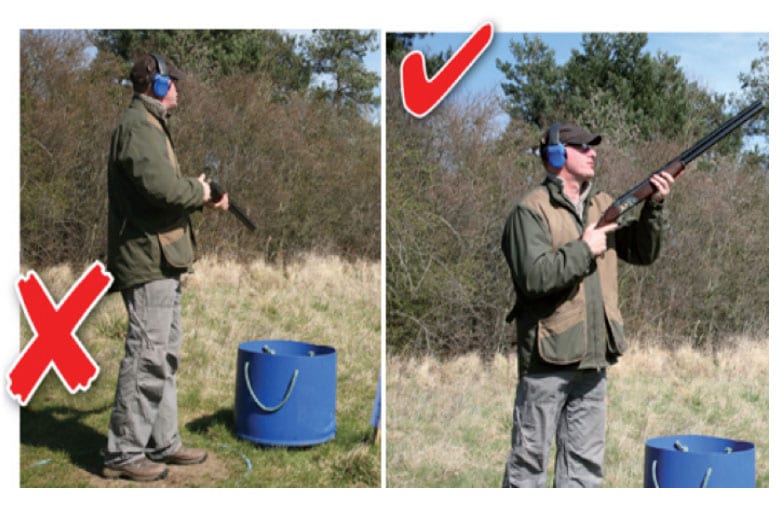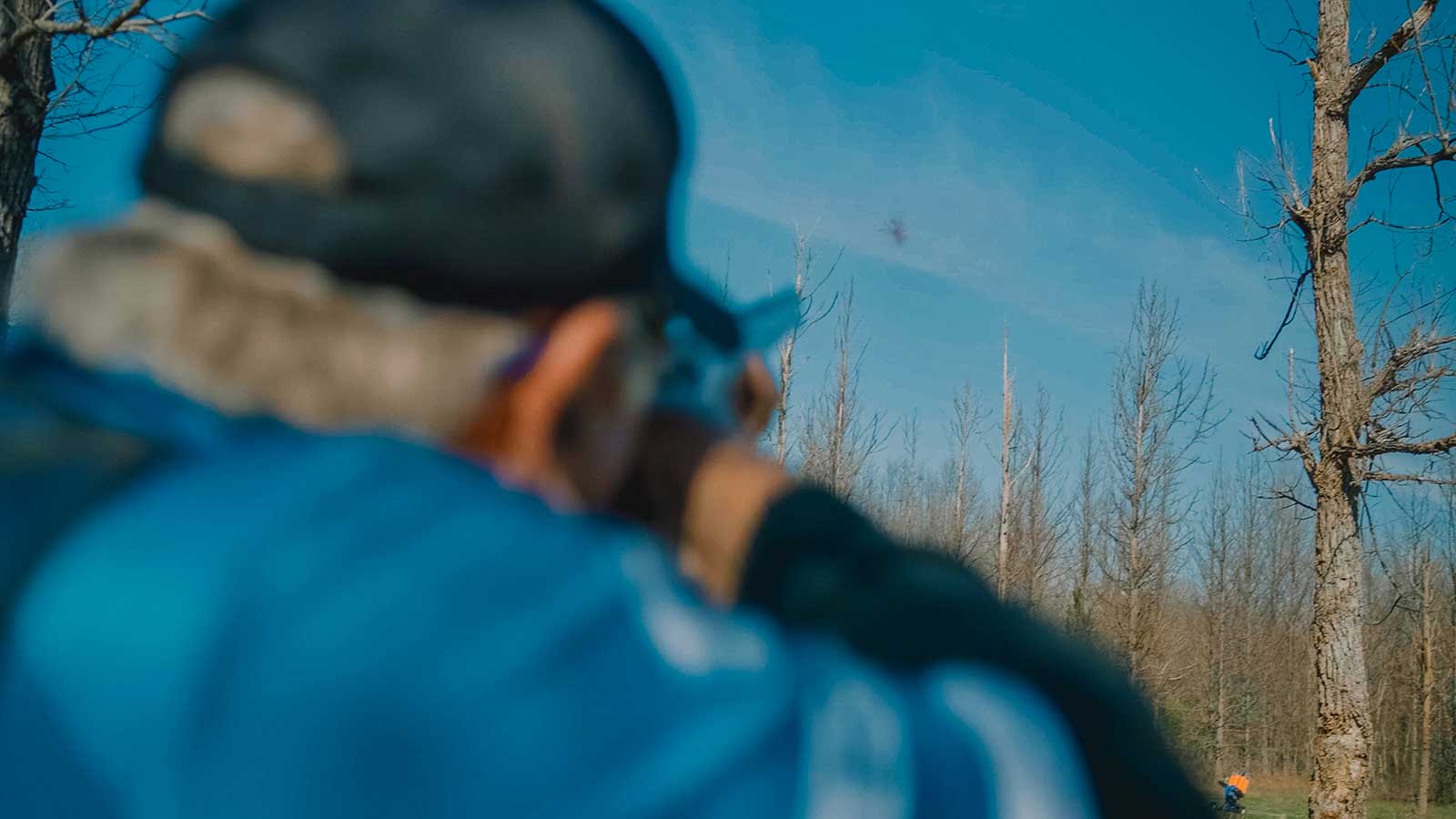
Recoil from anything bigger than a .22 can often be painful, disorienting, and reduce overall accuracy. It’s sometimes powerful enough to leave bruises and, in certain cases, even agitate medical conditions.
Competitive shooters need every advantage at their disposal to maintain high accuracy. Even if you aren’t competing, you want to make shooting a less painful experience. The best recoil pads can change your shooting experience forever.
In this recoil pad article, learn how FalconStrike recoil pads work. Soon you be ready to make your trap shooting experience more enjoyable.
What Are Recoil Pads?
Recoil pads are an attachment that you secure to the butt of your rifle or shotgun. It puts a soft, slightly squishy bumper between your shoulder and the hard stock of the weapon. Inside the recoil pad is a bladder filled with non-toxic hydraulic fluid and a dampener.
When you fire the weapon, the bladder expands and disperses the recoil evenly over a larger surface area. This is a form of dampener, similar to the technology on an aircraft landing gear.
The kick from your gun causes your barrel to kick back and move off of your intended target. It’s a minute effect, but it has a significant impact on accuracy and recoil-induced pain. The dampener dramatically reduces this kick and reduces the overall shock effect on your shoulder.
Benefits of the Best Recoil Pads for Trap Shooting
Recoil pads are easy to install and require no training to use. You can leave the recoil pad on your rifle and it will serve you well for many years to come.
Benefits include:
- Greater shooting endurance during a day at the range
- Improved overall comfort
- Reduced pain and bruising on your shoulder bones and muscles
- Minimal flinching and greater accuracy
- An alternative (or supplement) to a muzzle brake
- Customizable fit to ensure the best shock absorption possible
Tips for Using Your Recoil Pads
If you purchase a recoil pad, proper usage will ensure you get the best experience.
Make sure you install the base plate and fasten your FalconStrike recoil pad correctly. Press it firmly against your shoulder pocket when shooting, just as you would otherwise.
Do not try to compensate for the recoil as suggest by some shooters using the push/pull method. Instead, allow the FalconStrike to work as intended to reduce felt recoil.
Why FalconStrike Pads Are the Best Recoil Pads
Many recoil pads are just simple rubber bumpers. It’s almost like a boxer putting on gloves to punch you rather than going bare-knuckled. It provides practically no protection or energy dispersement other than to make the butt feel softer against your shoulder.
FalconStrike uses patented groundbreaking hydraulic technology that you won’t find with other brands. If you don’t believe us, you can find plenty of reviews that sing this recoil pad’s praises. Customers vouch for FalconStrike above other comparable brands.
Buy a FalconStrike Recoil Pad Today
The best recoil pads help you improve shooting accuracy, reduce pain, and shoot for much longer. FalconStrike recoil pads achieve this with a hydraulic bladder insert that disperses recoil shock. These pads are best in their class and ideal for casual and professional shooting.
FalconStrike provides custom-fit recoil pads perfect for your weapon of choice. Visit our website and build a custom pad today.

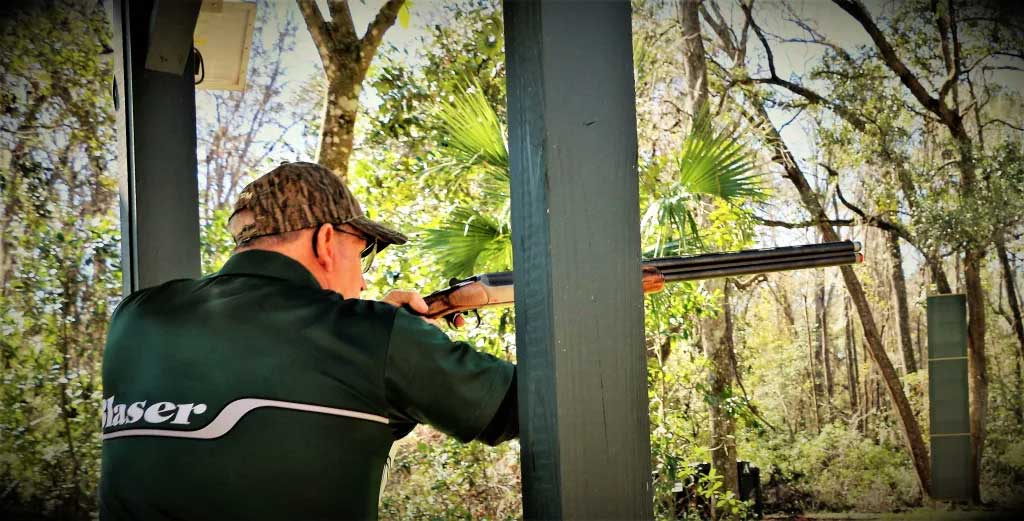
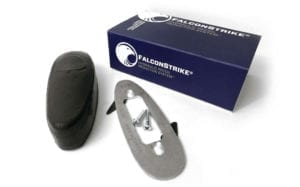
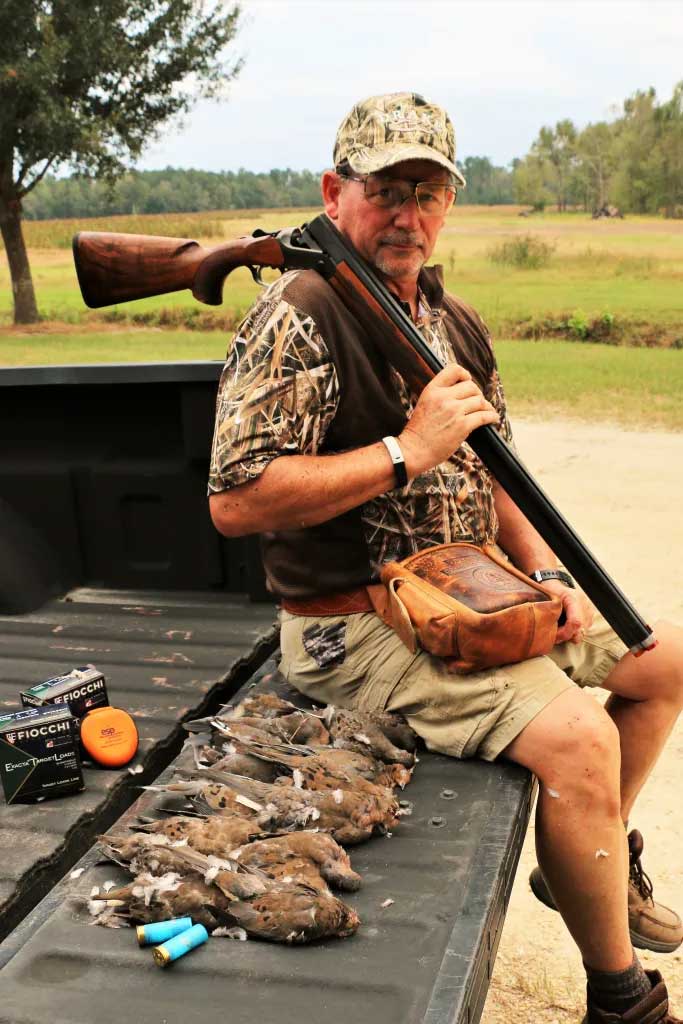
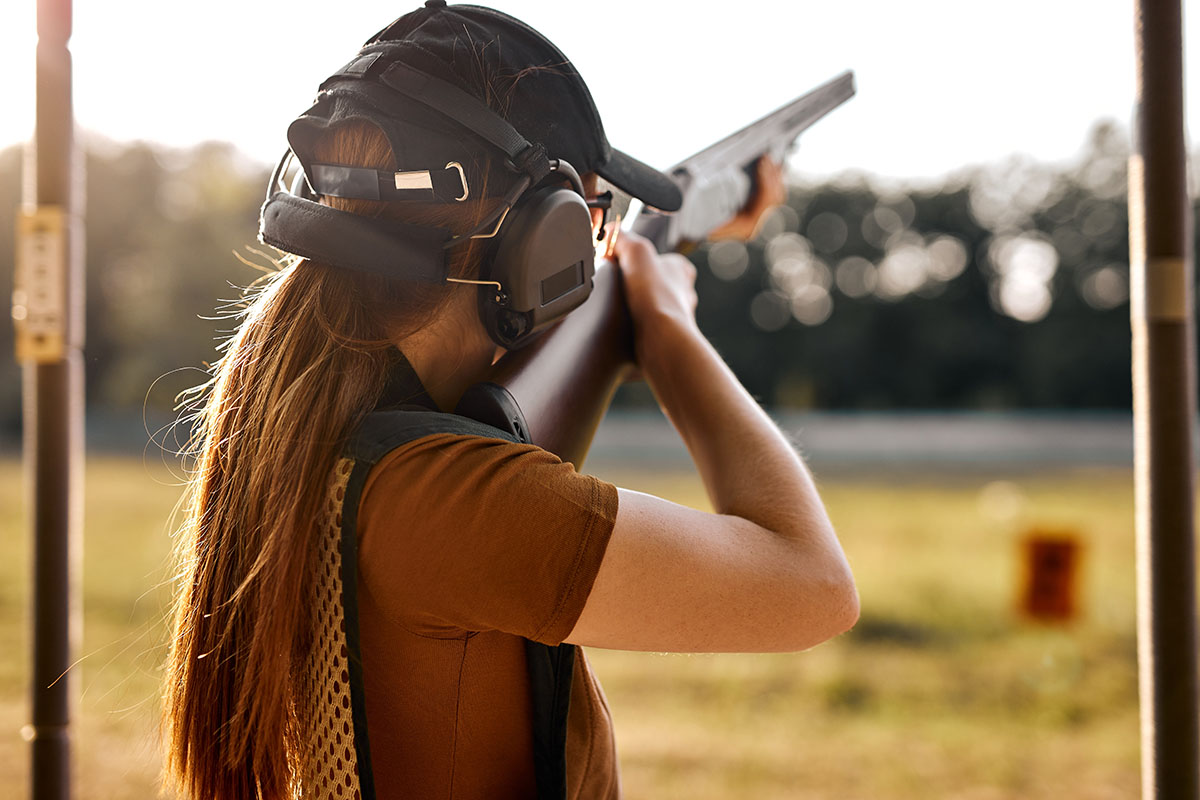
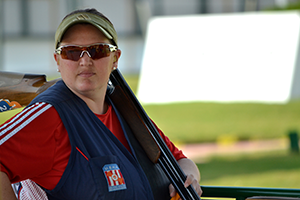
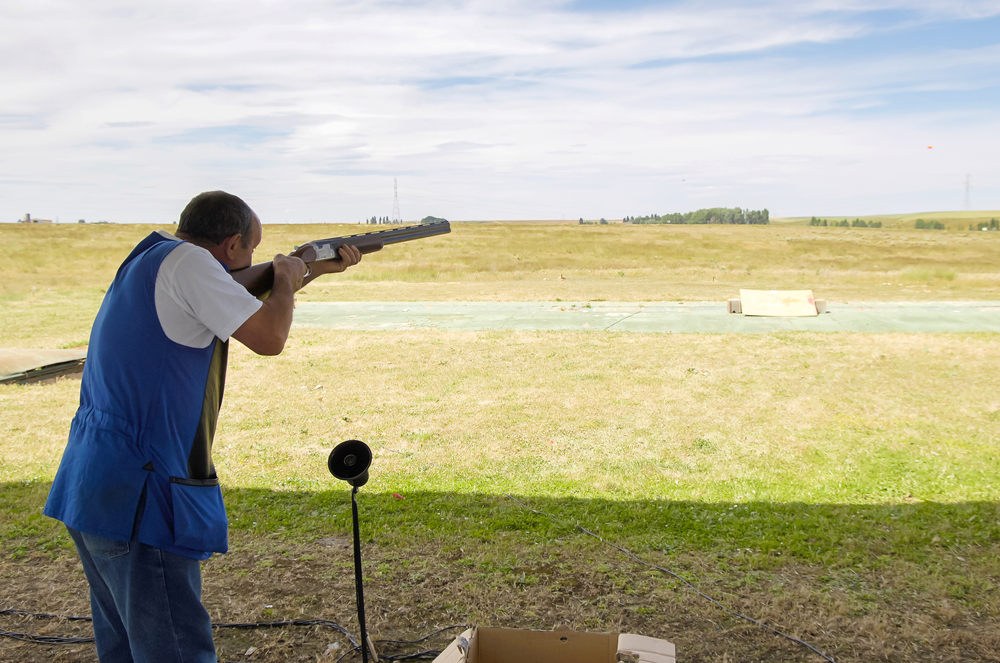
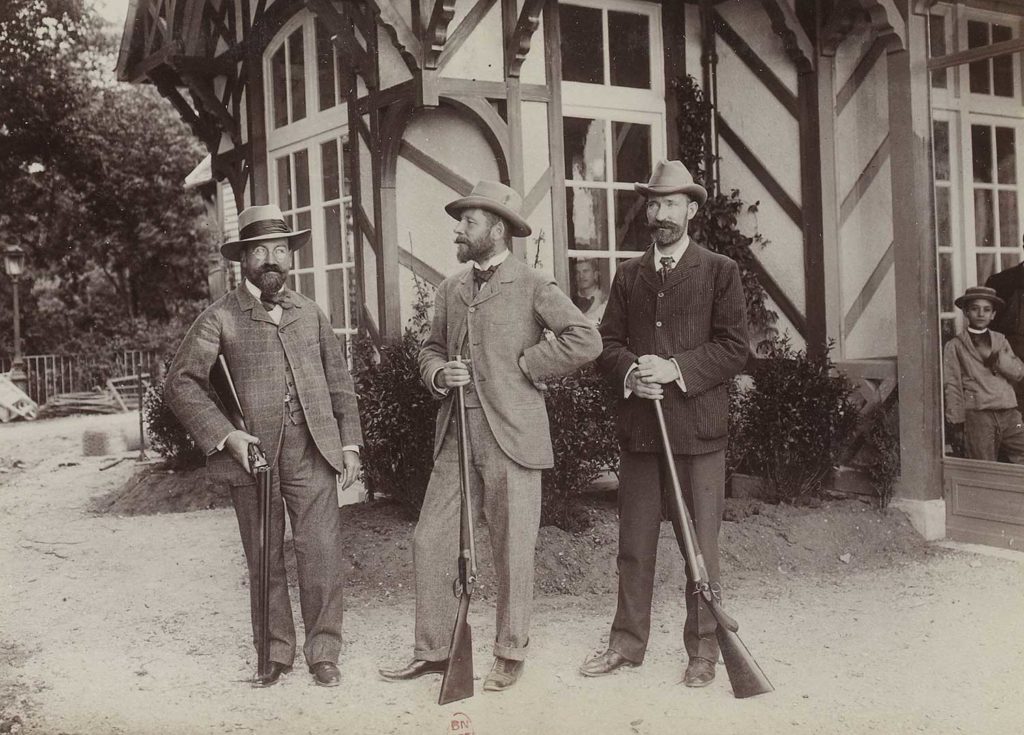
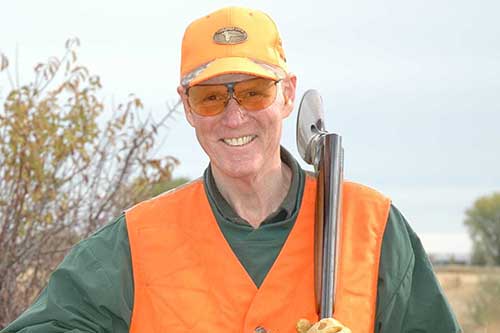
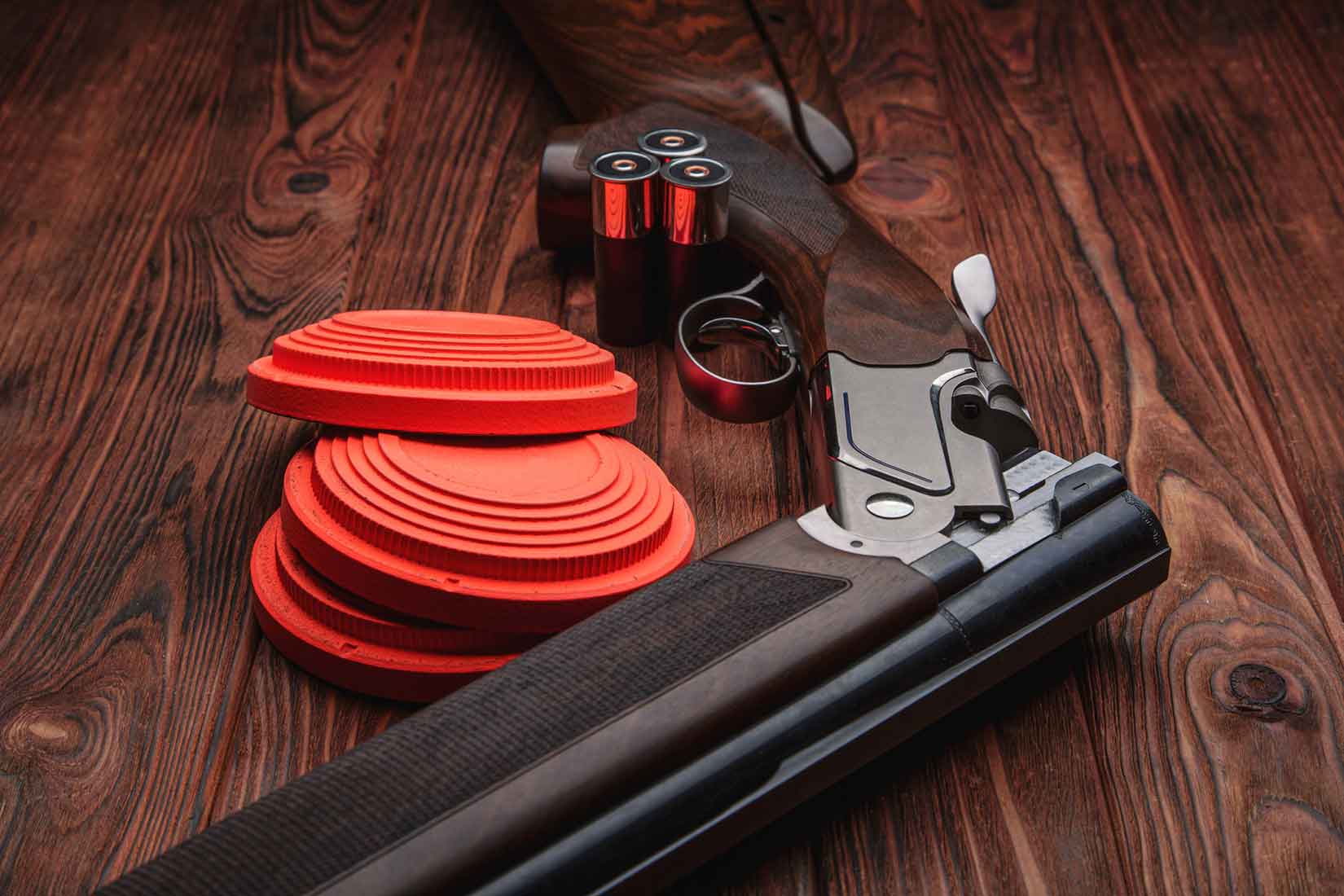
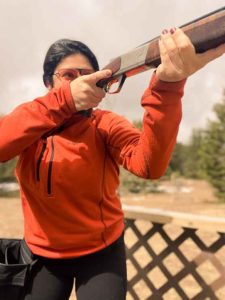 The Fun Factor
The Fun Factor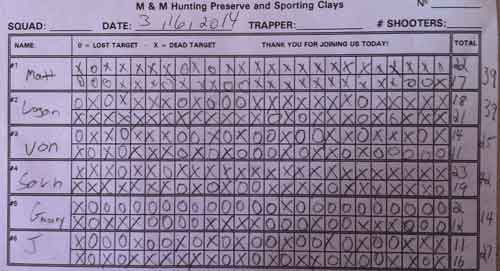
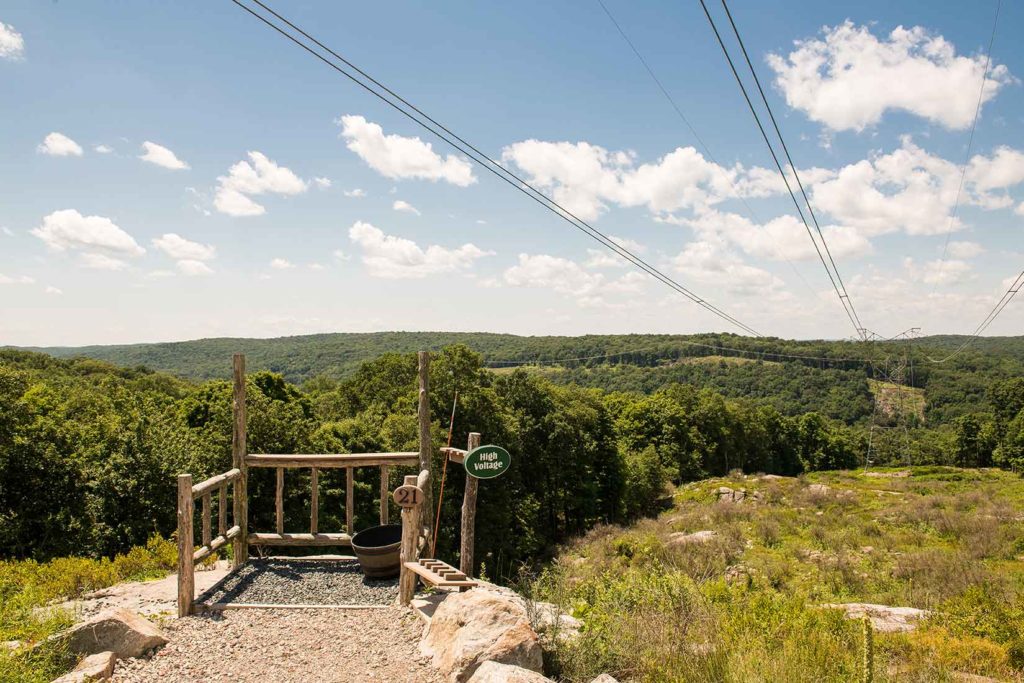 Whether walking a narrow, wooded trail to a primitive station or cruising a double-wide cart path to a luxurious station in a custom cart, there is an undeniable symmetry when the gun closes and “Pull” rings out. Sporting clays is the ideal recreational access point for people of diverse ages, personalities and priorities to engage in the shooting sports.
Whether walking a narrow, wooded trail to a primitive station or cruising a double-wide cart path to a luxurious station in a custom cart, there is an undeniable symmetry when the gun closes and “Pull” rings out. Sporting clays is the ideal recreational access point for people of diverse ages, personalities and priorities to engage in the shooting sports.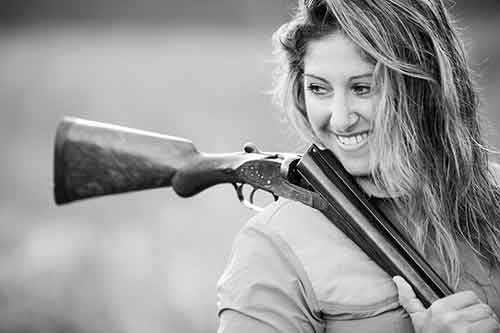
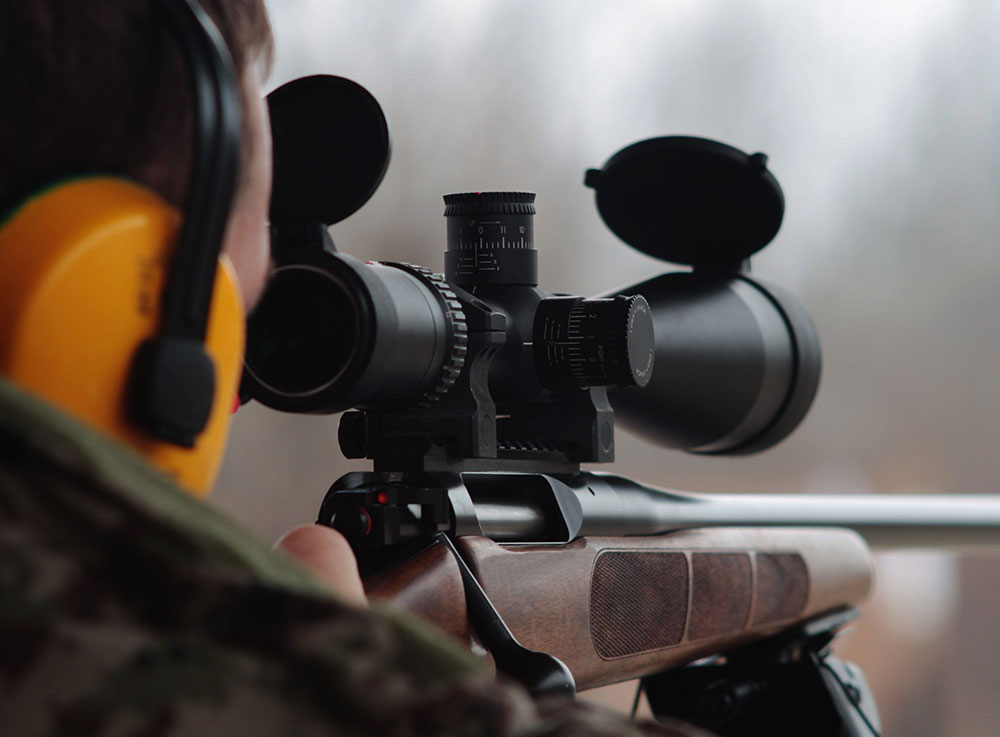
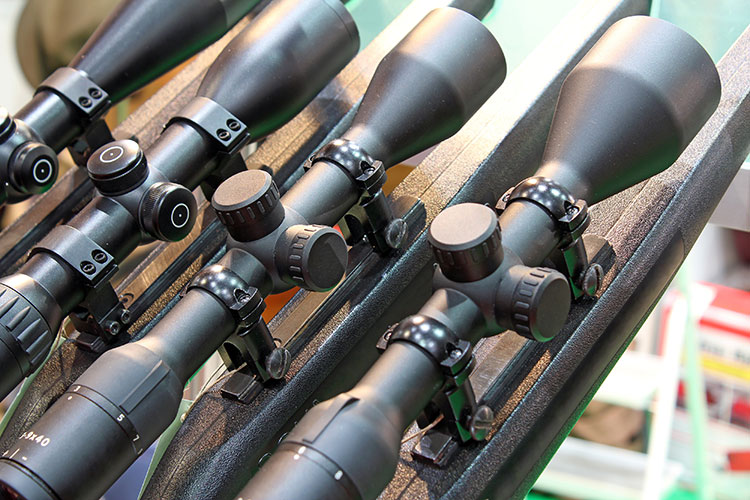 Long Range Shooting Mechanics and Equipment
Long Range Shooting Mechanics and Equipment
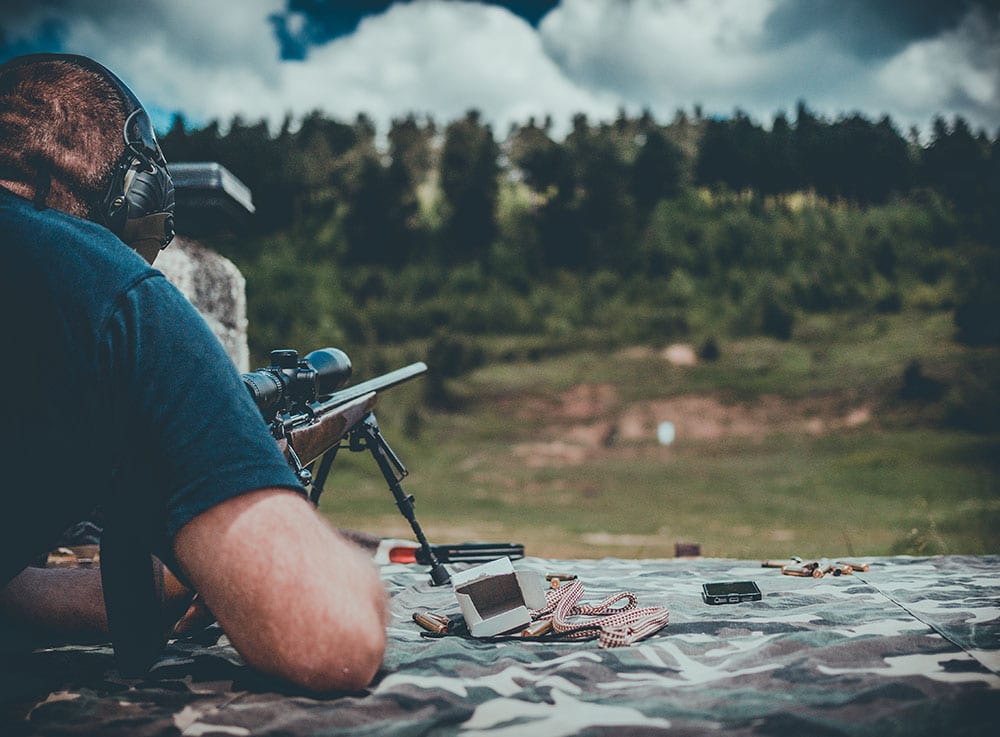
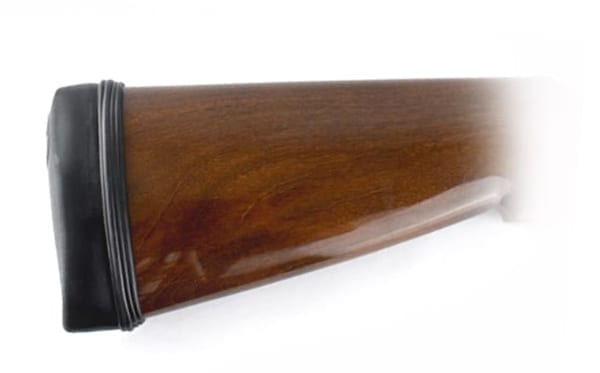
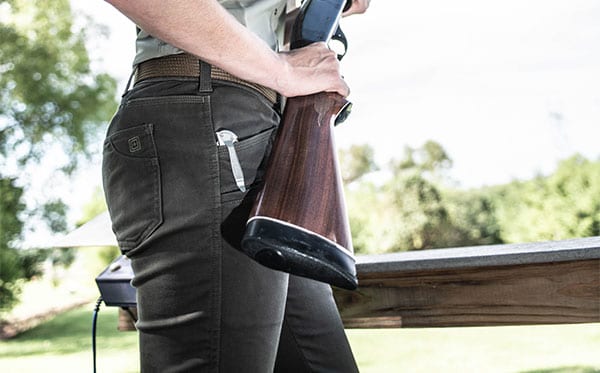 As a consumer, you need to be looking for a product that does more than just soften the blow. A good
As a consumer, you need to be looking for a product that does more than just soften the blow. A good 